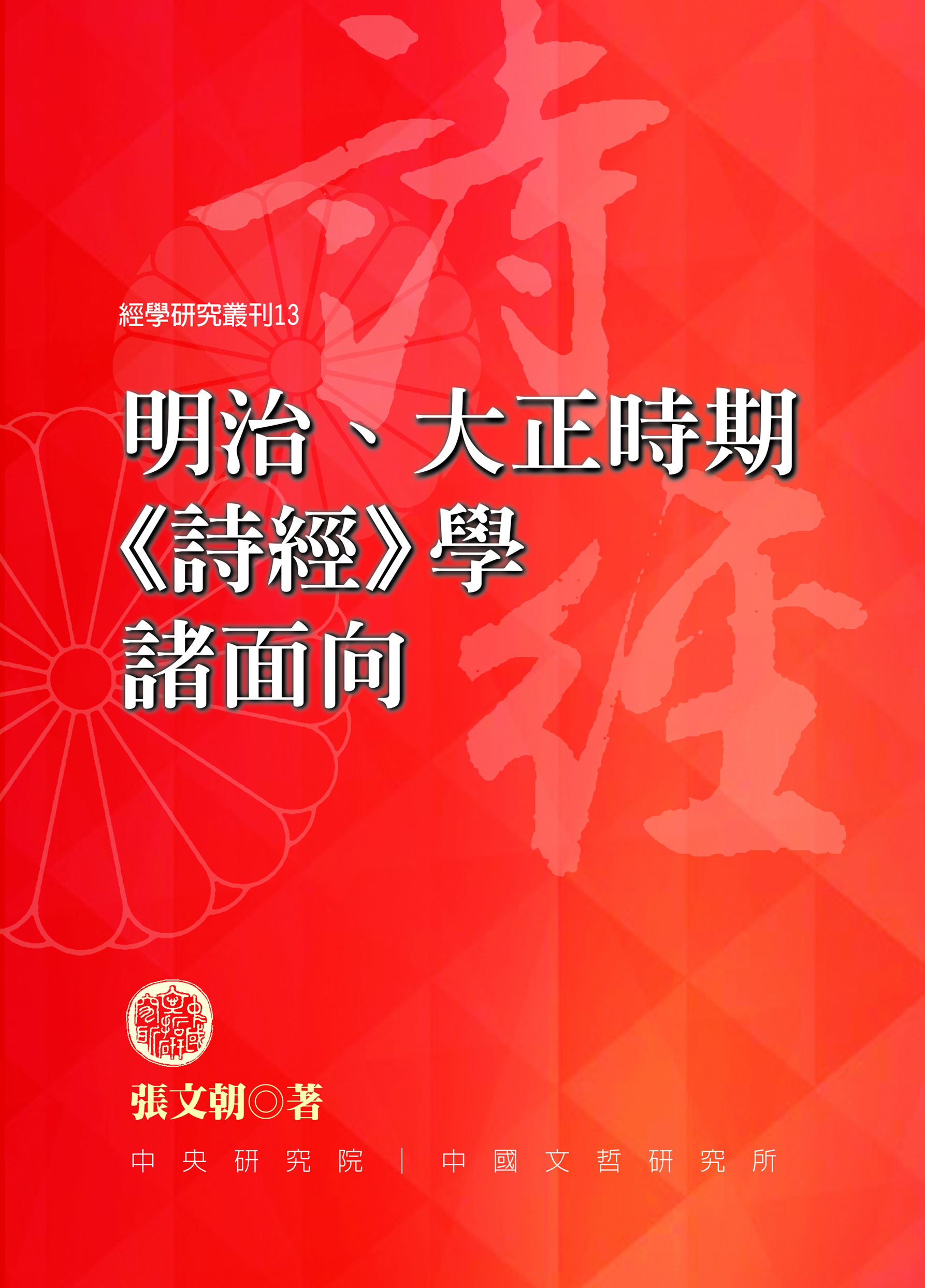明治、大正時期《詩經》學諸面向
Meiji and Taishō Era Approaches to the Classic of Poetry
歷史/時代
2024 實體出版
本書可以說是上承江戶時期的傳統《詩經》學研究,下接昭和戰亂及和平時期《詩經》學的關鍵時代,就宏觀上而言,可以觀察在日本、中國與西方學問衝擊下所形成的《詩經》學內部演變,及其相互關係。就微觀上而言,可以究明在此時期的《詩經》學學者的《詩經》觀及其所呈現出來的諸面向。書中所研究之對象都是學界至今尚未研究或重要的學者,所討論議題都是學界未發之說,因此,本書的出版具有原創性及其重要性。
This book may be seen as a continuation of the tradition of Shijing (Book of Songs) studies from the Edo period, extending into the pivotal era of wartime and postwar Japan during the Shōwa period. On a macro level, it traces the internal developments of Shijing scholarship shaped by the intellectual interplay between Japan, China, and the West. On a micro level, it examines how Shijing scholars of this period understood the text, and the various dimensions of interpretation that emerged. The figures studied in this volume are either significant yet previously overlooked by academia or have not been thoroughly investigated. The topics addressed represent original contributions that have not yet been explored in existing scholarship. As such, this book offers both originality and scholarly significance.
作者張文朝
作者Wen-chao Chang
文本體裁其他
出版單位中研院中國文哲研究所
出版單位Institute of Chinese Literatur and Philosophy, Academia Sinica
版權擁有中央研究院
作者介紹
-
作者
張文朝
暫無
作者介紹
-
作者
Wen-chao Chang
Not available yet
作品簡介
本書可以說是上承江戶時期的傳統《詩經》學研究,下接昭和戰亂及和平時期《詩經》學的關鍵時代,就宏觀上而言,可以觀察在日本、中國與西方學問衝擊下所形成的《詩經》學內部演變,及其相互關係。就微觀上而言,可以究明在此時期的《詩經》學學者的《詩經》觀及其所呈現出來的諸面向。書中所研究之對象都是學界至今尚未研究或重要的學者,所討論議題都是學界未發之說,因此,本書的出版具有原創性及其重要性。
作品簡介
This book may be seen as a continuation of the tradition of Shijing (Book of Songs) studies from the Edo period, extending into the pivotal era of wartime and postwar Japan during the Shōwa period. On a macro level, it traces the internal developments of Shijing scholarship shaped by the intellectual interplay between Japan, China, and the West. On a micro level, it examines how Shijing scholars of this period understood the text, and the various dimensions of interpretation that emerged. The figures studied in this volume are either significant yet previously overlooked by academia or have not been thoroughly investigated. The topics addressed represent original contributions that have not yet been explored in existing scholarship. As such, this book offers both originality and scholarly significance.
出版資訊
- 類型風格 歷史/時代
- 作品尺寸 14.9*21 cm
- 作品集數 1集已完結
- 出版年份 2024
-
出版方式
實體出版
- 適合年齡 成人(18歲以上)
- 作品規格(頁數) 418
- 作品規格(字數) 100000
-
其他補充資訊
- 媒合目的 版權交易



